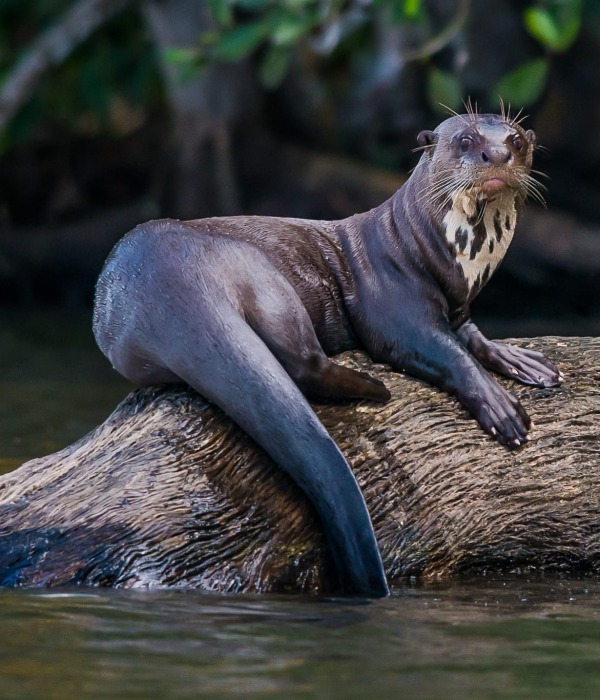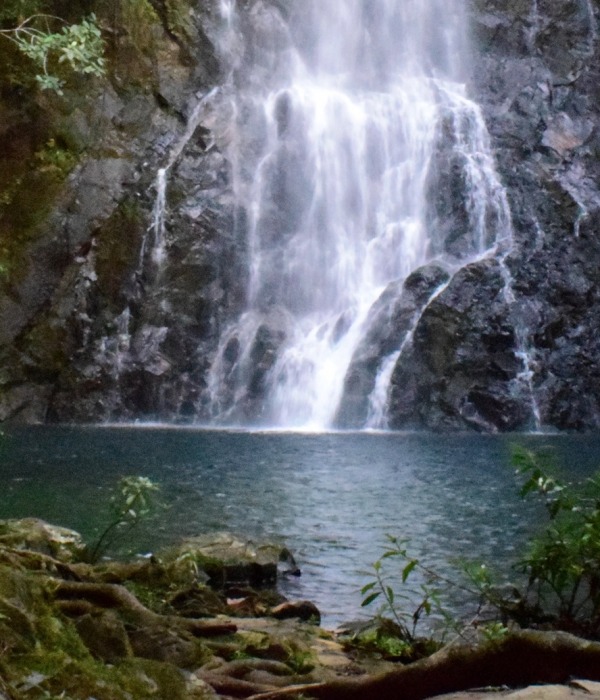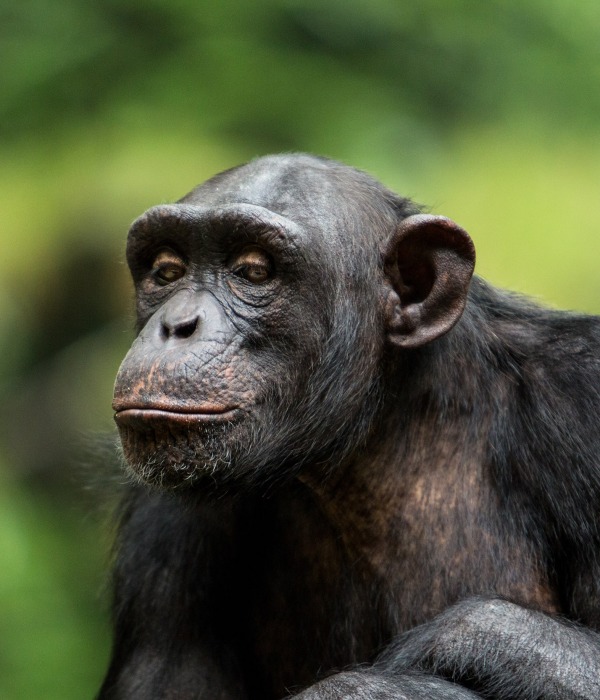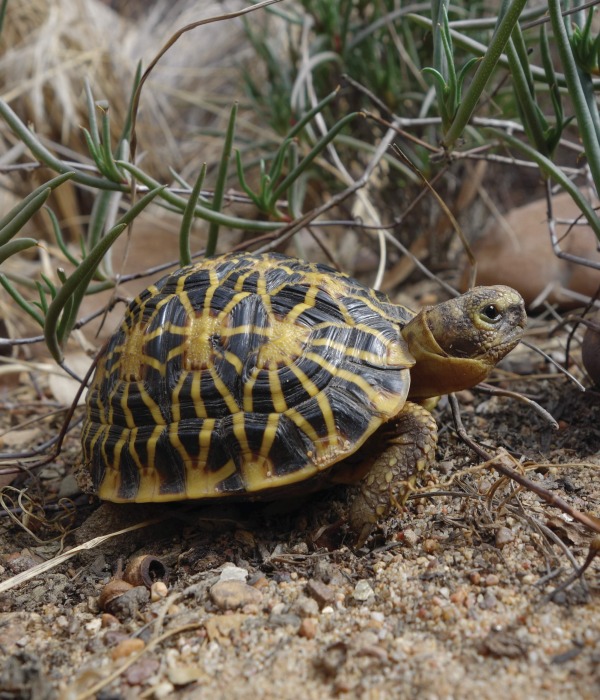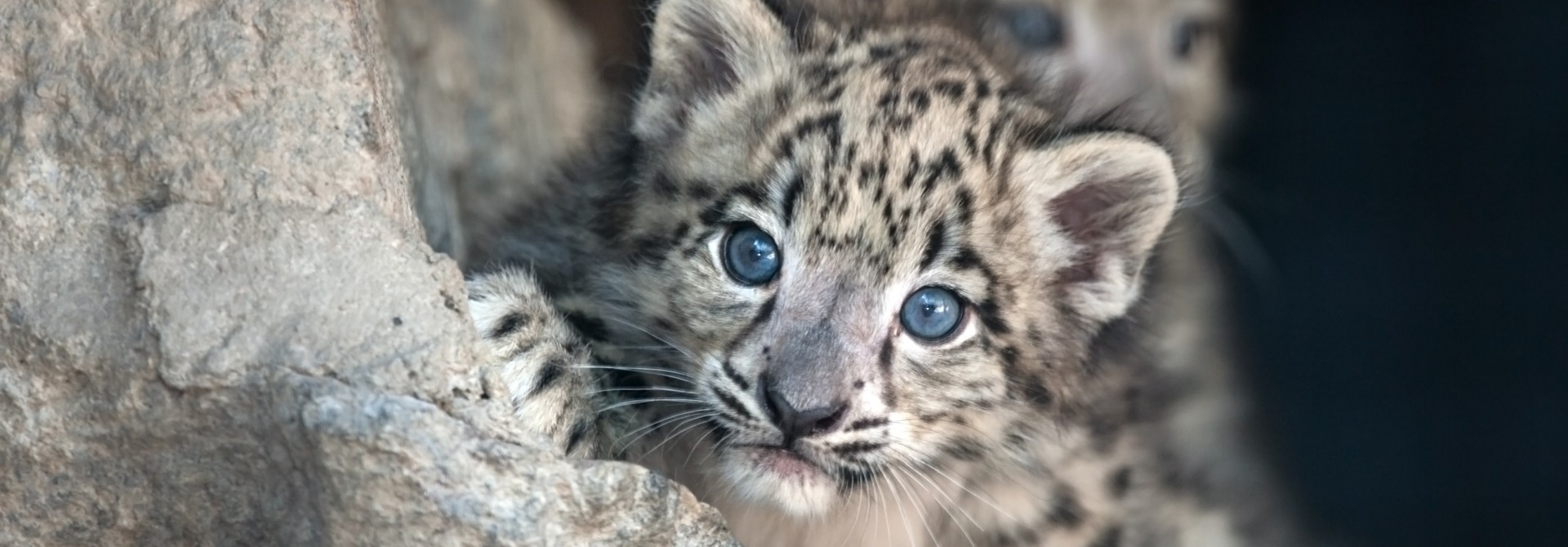
Nepal
Rainforest Trust is committed to safeguarding habitat in Nepal
Many of Rainforest Trust’s projects connect isolated habitat patches to reunite fragmented ecosystems. This connectivity promotes population sustainability for many species as well as landscape-scale conservation. In Nepal, Rainforest Trust and our longtime partner KTK-BELT are venturing on a multi-year, multi-project mission to save habitat in a belt from the country’s lowlands, all the way up to the Himalayas through community outreach and land protection.
Rainforest Trust worked with KTK-BELT to establish the 40-acre Paschim Kusha Bird Sanctuary in 2018 to help safeguard critical lowland riparian habitat against threats of agricultural expansion. The sanctuary acts as a buffer to the famously biodiverse Koshi Tappu Wildlife Reserve and bolsters protection for species like the Critically Endangered Bengal Florican, Red-headed Vulture and Yellow-breasted Bunting, as well as the Endangered South Asian River Dolphin and Elongated Tortoise.
We achieved permanent protection for the ‘Rhododendron Capital of the Himalayas’
In the country’s Himalayas, our two organizations successfully protected 150 acres of the Tinjure-Milkhe-Jaljale (TMJ) Rhododendron Forest of eastern Nepal in 2019. Known as the ‘Rhododendron Capital of the Himalayas,’ it is one of the most unique habitats of the entire Himalayan range consisting of 28 species of rhododendrons and more than a thousand different plant species, of which more than 100 are endemic.
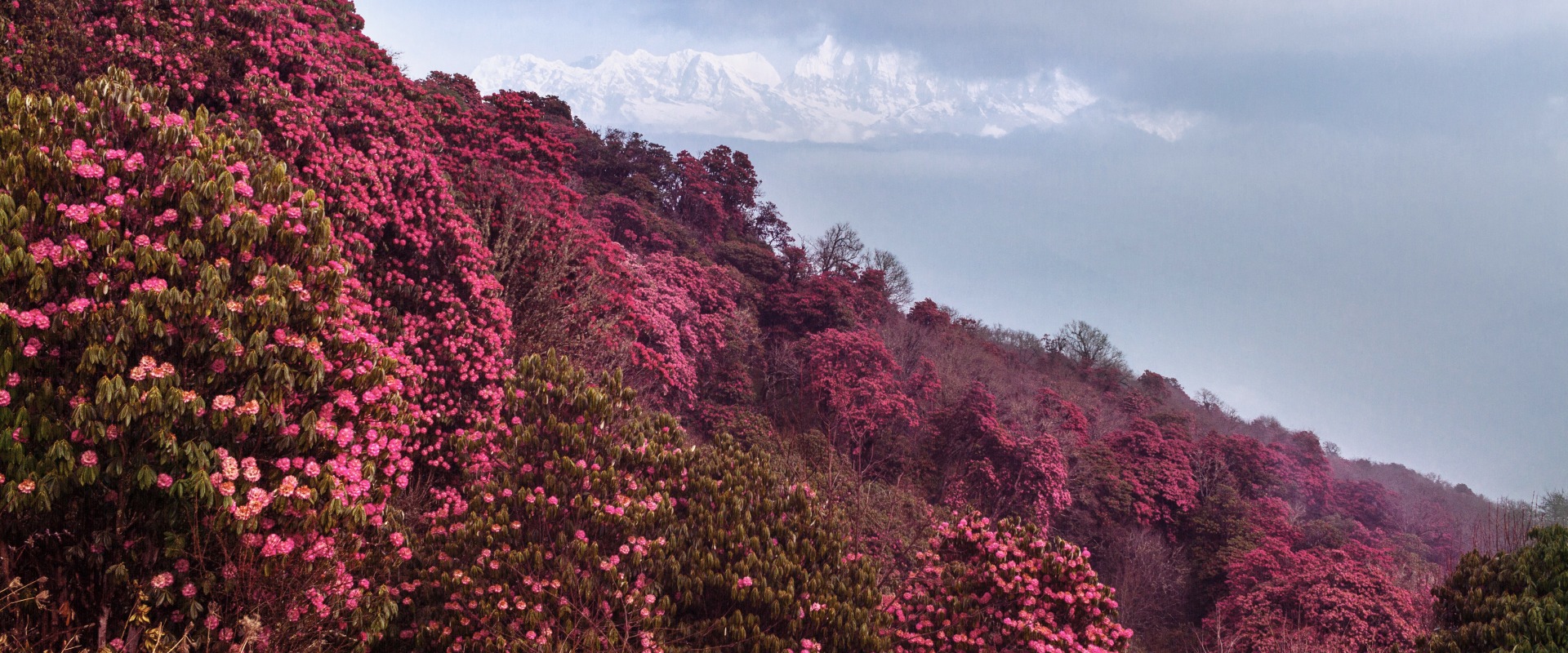
The area is also renowned for its abundance of wintering and staging bird species such as Snow Partridge, Himalayan Monal, Rufous-winged Fulvetta, Rusty-cheeked Scimitar Babbler, and Endangered Steppe Eagle. But as significant threats of road development, logging and land-grabbing continue to endanger the TMJ, we are working to help declare the entire landscape of 136,000 acres as a new protected area for these rare rhododendrons and other species.
High altitude protection for Snow Leopards, Red Pandas and Indian Pangolins
In 2020, we also protected 84,927 acres of the Taplejung District within the Himalayas from threats of road development through the creation of the Topkegola Biocultural Heritage and Ecotourism Special Conservation Zone in September. Twelve large, high altitude lakes and over 200 smaller wetlands make this location a Key Biodiversity Area–– and as such, an indispensable habitat for many unique and threatened species.
To follow this success, we are working to create the Lumbasumba Conservation Area, spanning 176,630-acres of rugged mountain landscape. The new protected area will be the crucial link in a mosaic of protected areas across southern China, Nepal and India.
These projects safeguard key habitat for Snow Leopards, Red Pandas, Blue Sheep and Himalayan Muskdeer. Himalayan Black Bears, Indian Pangolins and Clouded Leopards are also resident species in the region.
“We are so grateful for the deep partnership we have with Rainforest Trust in realizing the vision of a Vertical University spanning from Koshi Tappu wetlands to the Papung-Lungba Samba highlands. Each project collaboration with Rainforest Trust has fortified the biocultural heritage of indigenous communities and protected some of the world's most endangered wildlife.”
Rajeev GoyalKTK-BELT Co-founder
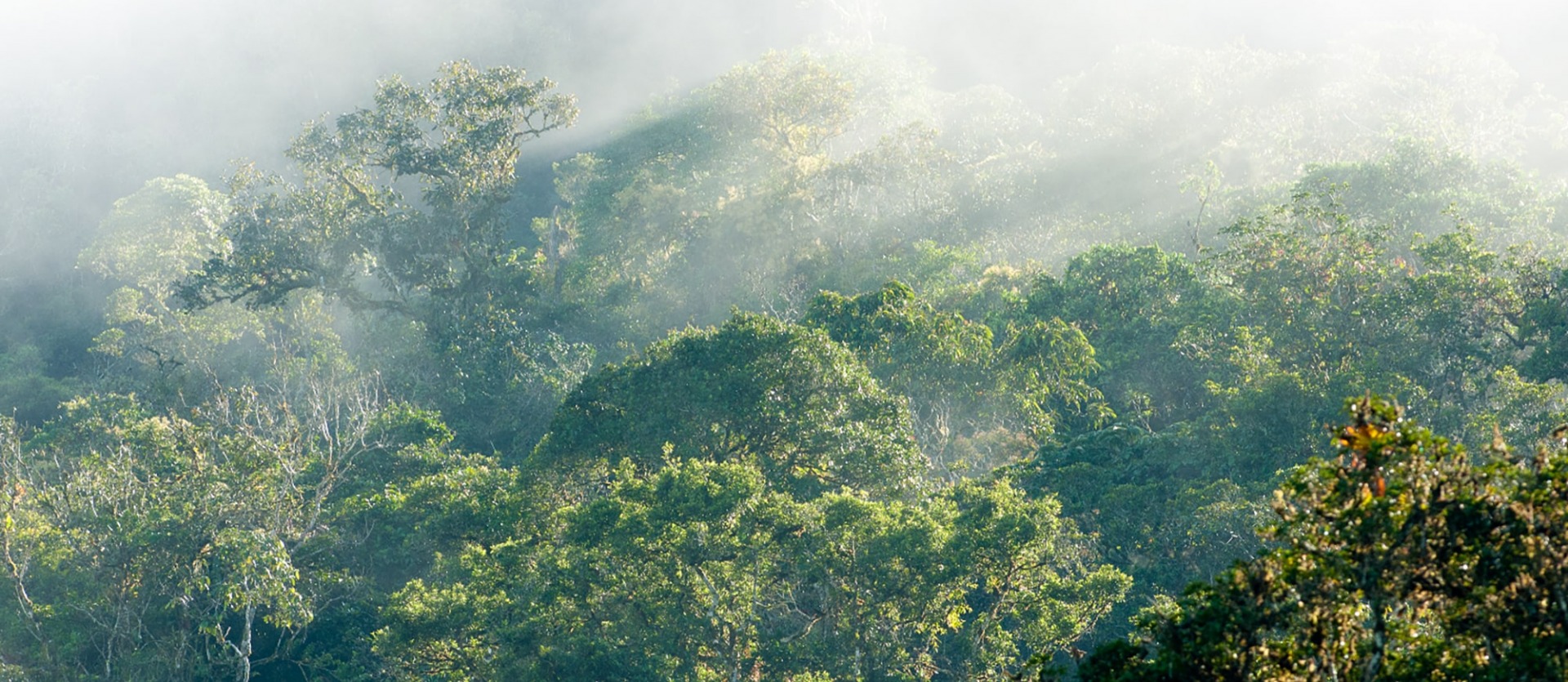
Explore our conservation victories

Sign up to receive the latest updates
"*" indicates required fields

